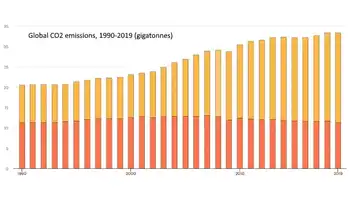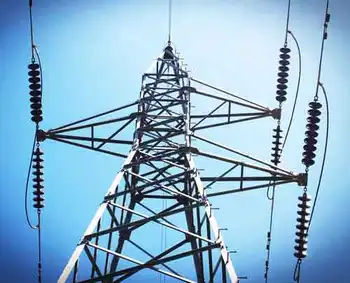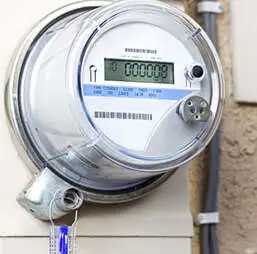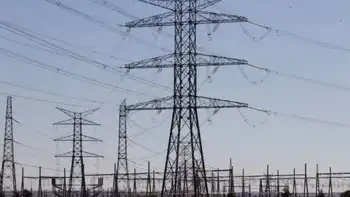Cable to join China and Hainan to South Power Grid
Shanghai -- - In a bid to connect southern China's island province of Hainan to China's South Power Grid, a high-voltage cable to cross the Qiongzhou Straits will be built, a senior official surnamed Zhou, with the Hainan Development Planning Commission, confirmed to Interfax. Currently, the South Power Grid covers the three provinces of Guangdong, Yunnan and Guizhou, as well as the Guangxi Zhuang Autonomous Region.
Designed to have 600,000 kW of power transmission capacity with another potential 1.2 mln kW to be retained for further expansion, the cross-strait project consists of laying 31-km of undersea cable and altogether 144 km of over-strait cable. The cable will connect the two planned 500-kV converting substations, one in Haikou, the capital of Hainan, and another in Guangdong's Zhanjiang City.
Scheduled to start at the end of next year and come on stream in 2005, the project is estimated to cost up to RMB 1.512 bln, reported the semi-official news agency, Zhongguo Xinwen She.
"The project is consistent with China's power grid development strategy that will finally integrate all the power grids across the country", Zhou told Interfax. "Link-up of the grids is anticipated to optimize distribution of the power resources in the provinces and regions sheltered under the South China Power Grid."
According to Zhou, even though power supplies in Hainan remain self sufficient so far, a latent shortfall in the near future is nevertheless foreseen, which will require power supplies from southwestern Yunnan and Guizhou provinces, the two significant contributors to the West-East Power Transmission Project. In the meantime, he explained, "Completion of the project paves the way for the transmission of Hainan's natural gas-fueled electricity to nearby power-hunger Guangdong Province, by taking full advantage of Hainan's rich offshore natural gas resources in the South China Sea."
Related News

Global CO2 emissions 'flatlined' in 2019, says IEA
LONDON - Despite widespread expectations of another increase, global energy-related CO2 emissions stopped growing in 2019, according to International Energy Agency (IEA) data released today. After two years of growth, global emissions were unchanged at 33 gigatonnes in 2019 even as the world economy expanded by 2.9%.
This was primarily due to declining emissions from electricity generation in advanced economies, thanks to the expanding role of renewable sources (mainly wind and solar), fuel switching from coal to natural gas, and higher nuclear power generation, the Paris-based organisation says in the report.
"We now need to work hard to make sure that 2019…




